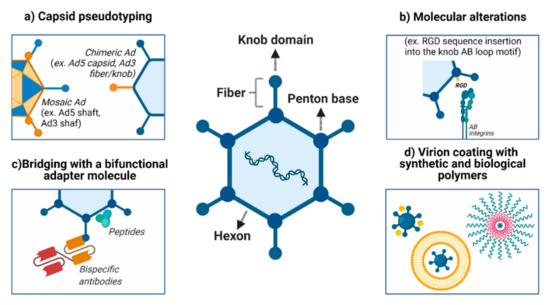|
Τρίτη 13 Απριλίου 2021
Rhinosurgery during and after the COVID-19 Pandemic: International Consensus Conference Statement on Preliminary Perioperative Safety Measures
The Utility of the Subalar Graft in Nostril Symmetry in Rhinoplasty
|
The Association of Zygomaticomaxillary Complex Fractures with Naso-Orbitoethmoid Fractures in Pediatric Populations
|
The Intra.Ox Near-Infrared Spectrometer Measures Variations in Flap Oxygenation That Correlate to Flap Necrosis in a Preclinical Rodent Model
|
Impacts of Rehabilitation Gait Training on Functional Outcomes after Tibial Nerve Transfer for Patients with Peroneal Nerve Injury: A Nonrandomized Controlled Trial
|
Cone-Beam Computed Tomography: A User-Friendly, Practical Roadmap to the Planning and Execution of Every Rhinoplasty—A 5-Year Review
|
The association between initial adhesion and cyanobacterial biofilm development
|
Relative contributions of egg-associated and substrate-associated microorganisms to black soldier fly larval performance and microbiota
|
Bacteria responsible for antimonite oxidation in antimony-contaminated soil revealed by DNA-SIP coupled to metagenomics
|
Cancers, Vol. 13, Pages 1863: Nonreplicating Adenoviral Vectors: Improving Tropism and Delivery of Cancer Gene Therapy
|
Cancers, Vol. 13, Pages 1864: Genetic Analysis Reveals Rare Variants in T-Cell Response Gene MR1 Associated with Poor Overall Survival after Urothelial Cancer Diagnosis
|
Δημοφιλείς αναρτήσεις
-
Abstract Kenaf is a multipurpose crop, but a lack of genetic information hinders genetic and molecular research. In this study, we aimed t...
-
As demonstrated by the market reactions to downgrades of various sovereign credit ratings in 2011, the credit rating agencies occupy an impo...
-
HPV vaccine now funded for boys Scoop.co.nz “Most countries who have to date introduced HPV vaccine have focused on the cervical canc...
-
Multi-organ segmentation of the head and neck area: an efficient hierarchical neural networks approach Abstract Purpose In radiation therapy...
-
ORIGINAL ARTICLES Cyclooxygenase-2 and estrogen receptor-β as possible therapeutic targets in desmoid tumors p. 47 Rasha A Khairy DOI :10....
-
Lichtenstein intervention is currently the classic model of the regulated treatment of inguinal hernias by direct local approach. This “tens...
-
Umbrella reviews: what they are and why we need them Cystic echinococcosis in unaccompanied minor refugees from Afghanistan and the Middle E...
-
Spindle cell/pleomorphic lipoma is an uncommonly encountered benign neoplasm that is usually found in the subcutaneous tissues. Rare cases r...
-
Related Articles New alkylresorcinol metabolites in spot urine as biomarkers of whole grain wheat and rye intake in a Swedish middle-a...









